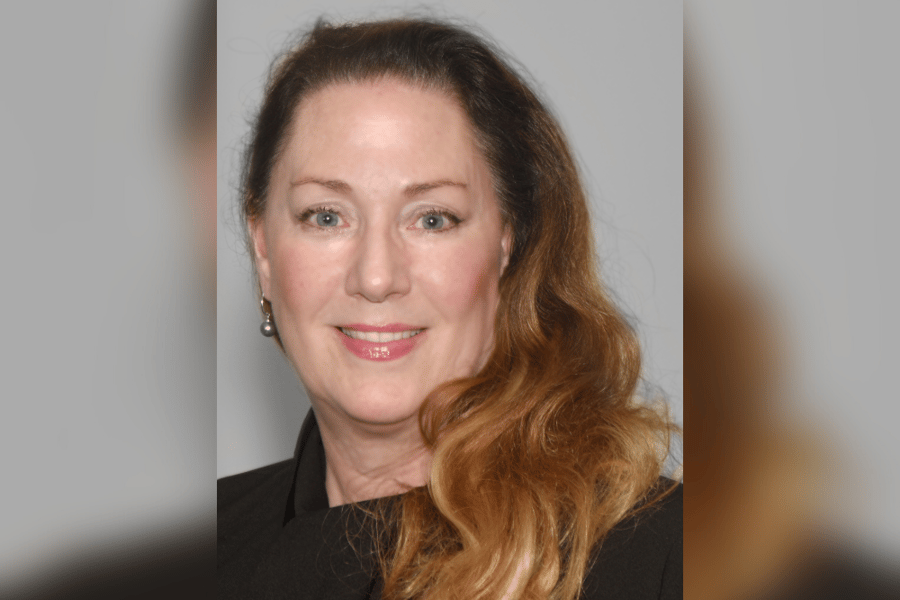Traditional insurers are stepping away from developments across the country

Homes and residential properties are getting harder to insure. Whole swathes of the country, ravaged for the better part of a decade by wildfires, floods, hurricanes and tornadoes are being treated as higher-risk by insurance companies that have already seen their profit margins fall considerably in recent years. At the same time, COVID-19 and the work from home revolution have pushed more and more homebuyers into properties at the ‘urban-wildland interface,’ where natural disaster risk is that much higher. What this means is that in the middle of an expensive, competitive housing market, borrowers need to prepare themselves for the potential of a much higher insurance bill.
“Natural disasters are increasing on both coasts and in the center, from fires to flood to tornadoes, insurers have so many more claims to run through,” said Loretta Thompson (pictured), a partner with the real estate practice group at Greenspoon Marder LLP. “Insurance companies are set up for profit, and have profitability forecasts they run years in advance. When you have a number of catastrophic natural disasters over successive years, you’re going to blow your profit targets. Now insurance companies are redefining their coverage and reducing their coverages. Taken with a building boom and demand for homes in areas that encroach on natural habitats or floodplains, you have an increased demand for insurance and an increase in claims. That’s driving residential insurance to just not offer coverage.”
Read more: Lender sued over pre-recorded call
Thompson offered the example of a client in Southern California who purchased an old home to redevelop. They now can’t get casualty coverage because an area less than 10 miles away recently suffered a catastrophic firestorm. Their only option is to buy an expensive policy from an out-of-state insurer like Lloyd’s of London. Now, as borrowers move to purchase homes across the country, Thompson believes their first call has to be to an insurance broker.
While certain disaster-prone zones like California and the Gulf Coast might seem like the most obvious risky areas, Thompson sees this shift in insurability as a nationwide phenomenon. Developments backing onto federal lands, in particular, are at some risk as budget cuts have impacted maintenance and disaster-prevention measures. Crumbling infrastructure can add risk, too, as demonstrated by the rampant flooding following levee failures in New Orleans in 2005.
While insurers are becoming more cautious in remote locations, millions of Americans are trying to move closer to nature. Spurred by the work from home revolution and the COVID-19 pandemic, small communities and suburban developments closer to nature have become very popular. As builders and buyers look at these zones, Thompson noted that it increases their risk exposure to natural disasters and insurers are becoming aware of that risk.
Thompson explained that as traditional insurers step away from these residential properties, it puts a burden on mortgage professionals who need to help find an insurance solution in order to secure a loan. Lenders, she said, need to fully understand the underwriting concerns out there and recognize that full replacement cost insurance might not be attainable. That means the borrower is likely to need excess insurance, which is becoming very expensive. As insurability issues could cause huge cost burdens for borrowers, Thompson believes the mortgage industry will have to adjust policies around what they’re willing to require in terms of insurance.
Read more: UWM sees best Q1 ever
“Mortgage companies need to have really smart risk managers as part of their structure,” Thompson said. “Whether that’s an external risk manager or someone you hire in-house, lenders should have those professionals there to start looking at underwriting risks and insurance costs. If you don’t, it will become increasingly hard for borrowers to buy homes they can’t get insured.”



